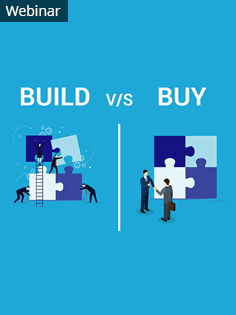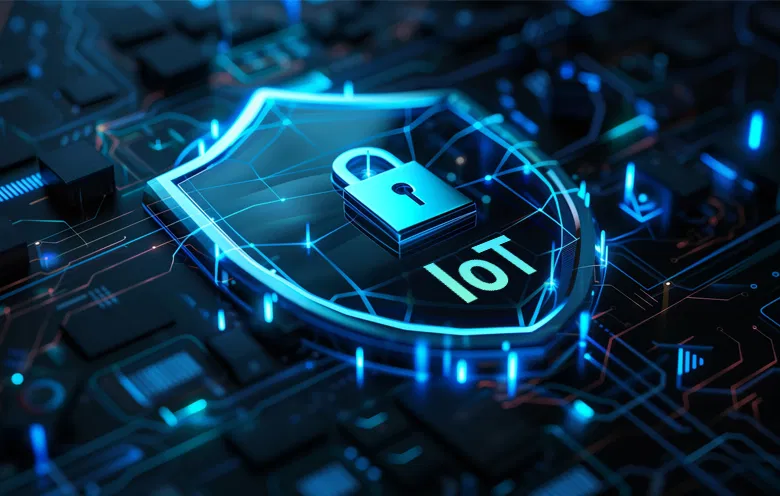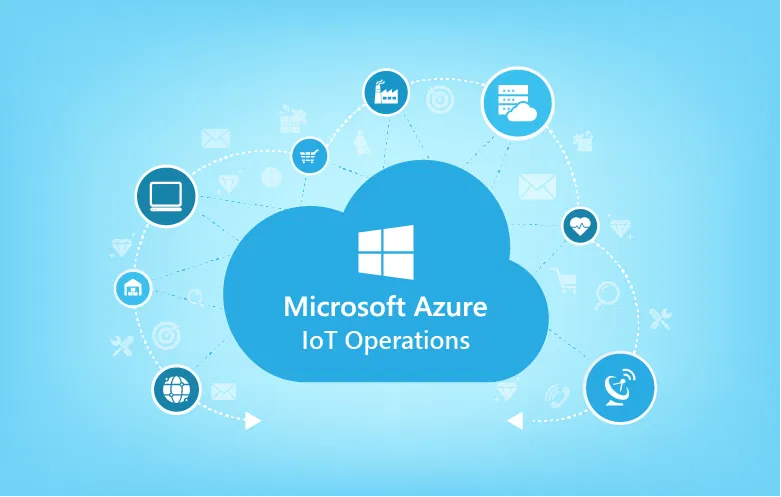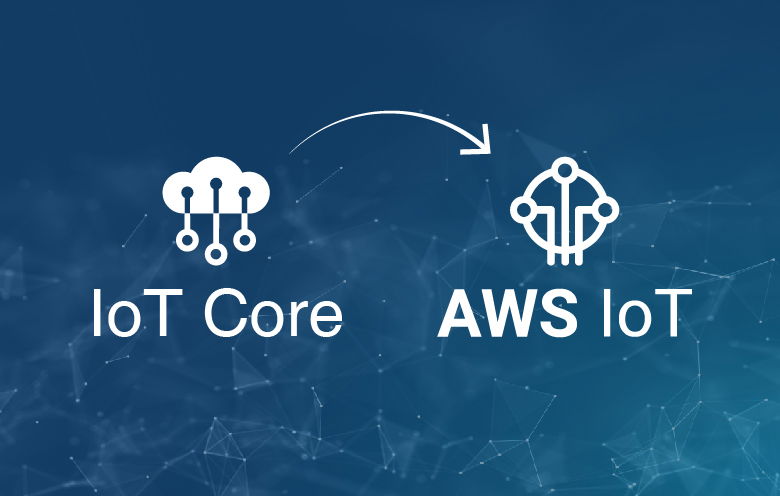The concept of the Internet of Things is no longer an unknown notion for us. The development of this technology has made those practices possible which were not even thought of before. IoT has no doubt opened up an abundance of prospects for trades by assisting them to attain ample competence, enhanced production, and extensive yields.
There are predictions that IoT will have a total economic impact of up to $11 trillion by the year 2025! And hence, big businesses, today, have begun to incorporate the Internet of Things into their structures so that they progress and don’t lag behind the competition.
Seeing the demand for IoT, the technology consultants are continuously working on building appropriate IoT solutions for organizations. And even businesses are expecting suitable IoT solutions to rectify their prevailing functional problems.
The only general confusion for organizations is to choose amid the options of building an IoT platform by themselves or buying it from a provider who can custom-build it for them. A platform is a hinge having control of all the mechanisms of the IoT infrastructure and it is as essential as the groundwork laid for physical structures.

Solve the build vs. buy dilemma and ensure seamless IoT implementation
Webinar agenda
- What it takes to build vs buy an IoT platform
- Pros and cons of building vs buying an IoT platform
- Top considerations for IoT implementation
- Build vs buy model – benefits and challenges
- How to get started with IoT
If organizations choose to build an IoT platform on their own, they will have to start from scratch, which would be an intimidating and time-taking task. Since there are solution providers available in the market, who have spent years in building an IoT platform and have gained expertise in the area, spending a whole lot of time, money and energy in the same task would be a loss for organizations.
Let’s take a look at the prospects of buying it and building it:
Building an IoT platform
Development of an advanced IoT platform is a time-consuming and tedious process. The best, established IoT platforms in the market have accrued over ten years of development. And after development, the replication of the platform having only basic functions may even take years. This is because the process of building an IoT platform is a compound effort which includes lots of corrective measures and even a number of dynamic fragments.
Before initiating the building process, you have to learn the entire technique and mechanism which would take years. And if you don’t spend enough time, you may face failures multiple times before you finally learn how to build it. This eventually will result in delaying the incorporation of IoT into your systems and will keep you behind others in the market competition.
IoT platform vendors might have made mistakes in the building process, but they would have learned from them. That’s the way they have learned the process and gained expertise in building the IoT platform. Considering the mistakes that the IoT platform builders made and the time they took to get expertise gives a strong reason for not following the DIY approach.
Till you do a few extensive IoT implementations, you may not know all the probable difficulties in time and ways to escape them. There are possibilities that you may face difficulties in either scaling the solution or in developing its interoperable capabilities. You may even face challenges in the future in scaling up the solution with the advancement of the technology.
Capabilities required:
Accessibility
You have to make sure that the backend works continuously. In case it doesn’t, the smart connected devices would be just like ordinary devices. Constant monitoring and reliable uptime are mandatory. You have to be prepared in all the areas whether it is technical or structural, failing at which may lead to hurdles in the business process.
Safety
Since an IoT system is multi-disciplinary, there are numbers of weak segments which are difficult to manage without proper knowledge and experience of handling the same. You have to keep a check that the team is efficient enough to use modern technologies and safeguard the data from danger.
Mountable
The pace and size of data grow constantly. You have to assure that the platform has the capacity to manage the growing amount of work. To take a trial with minimum data on a demo of the actual platform is a petty thing but managing multiple transactions in real-time at the global level is a huge task. If at all you fail to build a platform that can handle the growing data at a large scale, it is more likely to face failures and you may have to reconstruct the whole system again.
Is in-house expertise in the required areas of technology to build an IoT platform available?
It is obvious and understood that IoT projects are multifaceted and compound. It involves spending a lot of time and expenses to comprehend unconventional cloud computing, protocols, and constructing means onto hardware.
Moreover, maintaining the IoT platform for its entire lifespan is crucial for its smooth functioning. Hence, your development team has to constantly explore, plan, project, advance, and sustain the platform.
Recruitment of such a team to build and maintain the IoT platform forever is not only a challenge but a huge expense. Henceforth, the total cost of ownership (TCO) can be lesser when you buy the IoT platform rather than developing it at your own as that way you’ll have 3rd party developers to upgrade the system for compatibility with new features, sustenance, and conservation of the system.
What makes more business profit, to build or buy an IoT platform?
There have been researches that if companies outsource the IoT platform, they can reduce the development, implementation, and maintenance cost by around 50%. Along with this, companies will even have assistance from IoT experts for assurance of smooth functioning of the system.
Building a solution involves tremendous research and technical abilities; hence a completely efficient solution takes around a year to get functional. The process includes a number of trials and errors before getting streamlined. Therefore, the process of building and incorporating an in-house IoT platform postpones the profit earning and competitive advantage for years.
By avoiding the task of building the IoT platform at your own, you will be able to focus more on your core competence area, whether it is manufacturing a product or providing a service.
For a great return on investment, you have to analyze the number of previous practices for IoT, for example: use cases. Incorporation of an IoT platform will definitely yield profits. You have to get it incorporated just once and concentrate on building smart solutions to solve complex business problems and to handle the competition in the market.
Keeping in mind the time, research, effort, skills, provision, and safety measures, it will be more beneficial for you to incorporate a prevailing IoT platform rather than building one. This way, you will be able to focus more on the development part and will not have to start from the ground level.
Build vs. Buy – Pro and Cons:
Whether to build an IoT platform by yourself or to buy it from an expert vendor is a crucial decision for your organization. Let’s take a look at both and analyze benefits and drawbacks:
Build – Pros
- Customize the platform as per the requirement
- Regulate the developed product
- No upfront cost
- In-house team knows better how to handle it having developed it on their own
Build – Cons
- You need extensive expertise and capabilities to build a truly scalable and secure IoT platform
- Longer implementation cycle
- Regular upgrading is a must and takes a lot of time
- It may take months to build an IoT platform and then a long time to realize value
- Higher risk, challenges, and costs
- Continuous development and management costs
- You pay for the entire development of an IoT platform
- Cost is higher and repetitive
- Cannot have economies of scale
- Controlling numerous data sources is a complex task
Buy – Pros
- The vendor is competent in the field of development of IoT solutions
- The solution is already tried and tested since many companies would be already using it
- Saves a lot of time due to faster deployment
- Here we can have economies of scale
- Design, development, and testing is the responsibility of the vendor
- Less engagement of your manpower required
- You just need to pay an upfront cost for implementation
- 50% shorter implementation cycle
- You can quickly realize value with straight implementation
- Lower risk, challenges, and costs
- The vendor provides managed services and regular updates
- Pay for only what you need
Buy – Cons
- Software upgrading may or may not be of use for your organization
- Certain features may not benefit your organization
Summary
It is a complicated as well as a crucial decision whether to build or buy an IoT platform for your organization. Great analysis is a must before making the decision. At times, companies rush to build the platform by themselves under pressure to deliver solutions quickly taking it as a simple solution but the irony is, it turns out to be way more difficult, and expensive than their estimation. So all you need is a solution that is available at nominal prices for steering multiple data sources and carrying out comprehensive, exact outcomes in real-time.



